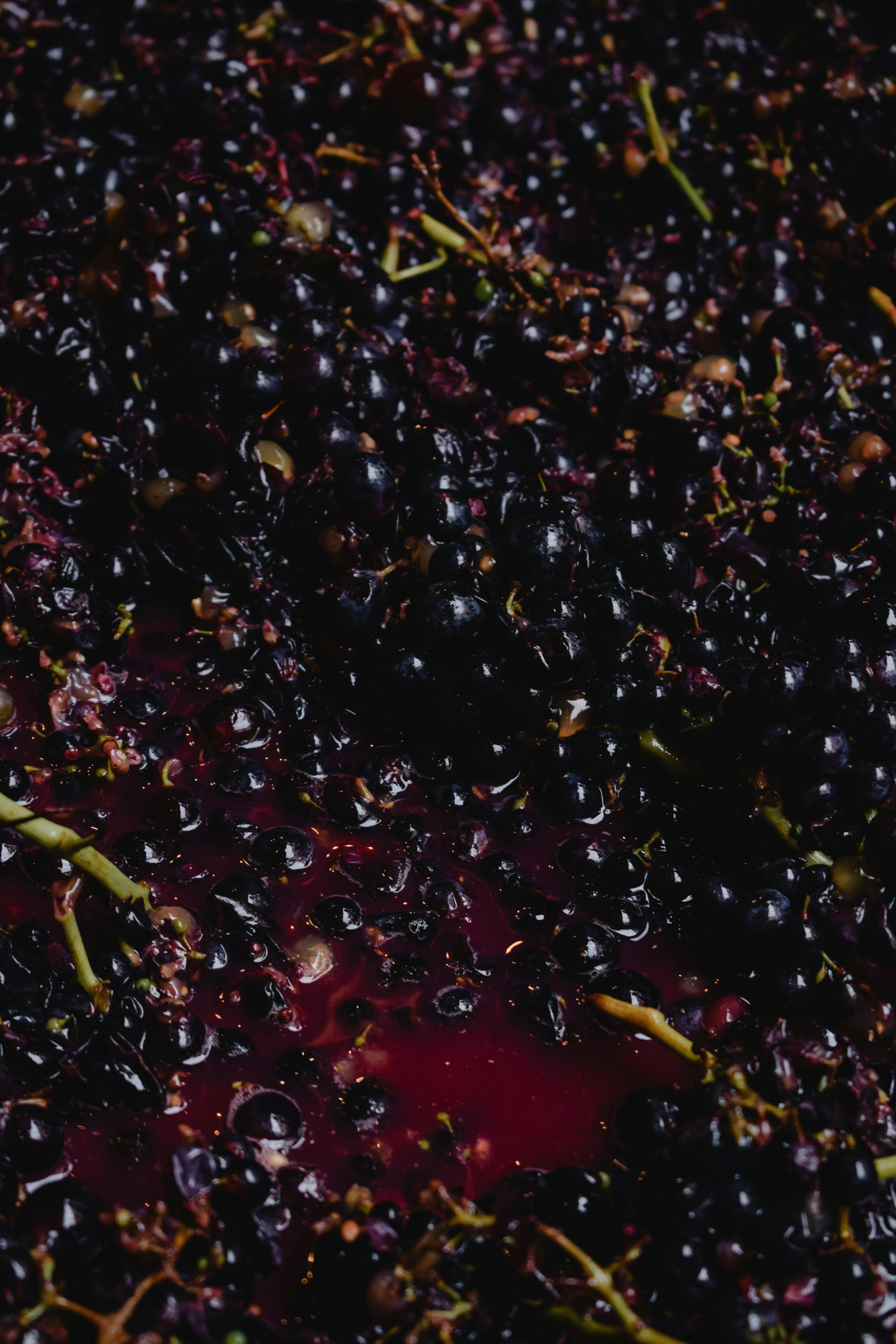Essential Guide to Picking the Best Watermelon in 2025
Watermelons are a quintessential summer fruit, captivating the hearts and taste buds of families around the world. When the temperatures rise, there's nothing quite as refreshing as biting into a juicy, sweet watermelon, making it a staple at picnics and family gatherings. But how do you ensure that the watermelon you pick is fresh, ripe, and bursting with flavor? This guide provides a comprehensive overview of watermelon selection tips, from identifying ideal characteristics to mastering specific picking techniques.
In this article, we will delve into the importance of understanding watermelon varieties, the signs of ripeness, and the methods of testing watermelon quality. By the end, you'll possess the savvy needed to choose the most optimal watermelon every time, ensuring your summer gatherings are filled with flavor and joy. Let’s get started with the essential traits to look for when picking watermelon!
Understanding Watermelon Varieties
Watermelons come in various shapes, sizes, and flavors. Selecting the right variety can significantly enhance your summer fruit experience. The most common types include red, pink, and yellow varieties, each offering unique tastes and textures.
Some popular watermelon varieties to consider include:
- Seedless Watermelon: Popular for its convenience and ease of consumption. This type features a tender texture and sweetest flavors.
- Icebox Watermelon: Smaller in size, making it perfect for small families or snacks. It’s often sweeter and easier to store.
- Yellow Watermelon: Not as common but renowned for its honey-like sweetness, offering a unique twist on the traditional watermelon taste.
When choosing a variety, consider your personal taste preferences and the occasion. Furthermore, local watermelon farms often provide a selection of seasonal varieties. Make sure to explore the varieties available at your local markets!
Choosing the Right Watermelon for Your Needs
The watermelon you select will often depend on your intended use. If you're looking to make watermelon smoothies, opt for ripe watermelons that are juicy and flavorful, while decorative or unconventional shapes might be perfect for summer parties. Always consider the freshness of the watermelon and aim for those with vibrant color and firm texture.
To maximize your watermelon enjoyment, try incorporating it into different recipes. Watermelon salad dusted with feta cheese or refreshing watermelon juice can showcase the fruit’s sweetness beautifully.
Size Matters: Picking Watermelon Based on Weight
An often overlooked tip when it comes to watermelon picking is assessing weight. A ripe watermelon should feel dense and heavy for its size. The density typically correlates with moisture content and juiciness.
Use your palm to thump the watermelon, listening for a deep sound (indicating ripeness). Pair this with a gentle assessment of weight in hand, and you’ll become a pro at determining which watermelons promise delightful, succulent bites.
The Palm Test and Thump Test Explained
Two valuable tests that help confirm watermelon ripeness are the palm test and the thump test. When conducting the palm test, gently press on the watermelon. A ripe watermelon will have a slight give, indicating a juicy interior.
The thump test involves firmly tapping the watermelon with your fingertips. A hollow sound generally indicates that the watermelon is ripe, while a dull thud might suggest it’s under-ripe.
Mastering these tests will significantly enhance your ability to pick the best watermelon consistently!
Watermelon Color and Shape: What to Look For
The skin color and shape of watermelon are crucial indicators of ripeness. Look for a deep green color with a matte finish, which signifies maturity. Additionally, a watermelon should have a ground spot — a creamy yellow marking on its belly that indicates it ripened on the vine.
Avoid melons with uneven coloring, irregular shapes, or blemishes. Each of these features can be signs of inconsistency in quality or potential spoilage.
Assessing Watermelon Freshness
Once you've narrowed down your choices, assessing the freshness of watermelon becomes pivotal. Numerous indicators can tell you if a watermelon will yield optimal taste and juiciness.
The Importance of Watermelon Aroma
Aroma is an often-neglected aspect of watermelon selection. A ripe watermelon will emit a sweet, refreshing fragrance, signifying its readiness. Conversely, if a watermelon lacks an aroma or has a fermented smell, it may not be fresh.
Take a moment to inhale the scent before purchasing, as it can provide critical insights into the watermelon’s ripeness.
Checking the Stem and Skin for Quality Indicators
When inspecting the watermelon, take note of the stem area. A dried stem indicates a mature watermelon, while a green or fresh-cut stem may suggest it has been harvested too early. Similarly, examine the skin for thickness, as a thick, tough exterior is usually linked to better hydration.
Watermelon textures can vary, but a good indicator of quality is smoothness. Opt for watermelons that feel smooth rather than rough or bumpy, as this often correlates with juiciness.
Watermelon Firmness: A Key Selection Tip
Watermelon firmness plays a vital role in selecting a quality fruit. Gently squeeze the watermelon - it should give slightly under pressure without being overly soft. This firmness generally indicates ripe fruit with a plump texture and high sugar content, leading to a sweeter taste.
Remember, while firmness is important, too much give can indicate overripeness or spoilage, which is essential to watch out for.
Common Mistakes to Avoid When Picking Watermelon
Even seasoned shoppers can make mistakes when selecting a watermelon. To ensure that you are consistently choosing the best watermelon, keep these common pitfalls in mind.
Firstly, avoid selecting watermelons based solely on their appearance. While a vibrant color can be enticing, it's important to check for the aforementioned indicators of ripeness such as weight, texture, and aroma.
Additionally, don’t shy away from asking vendors for tips or advice, especially at local markets. They often have insights that can help you find the freshest, tastiest selections. Understanding that freshness plays a crucial role in overall watermelon quality can keep your family satisfied all summer long.
